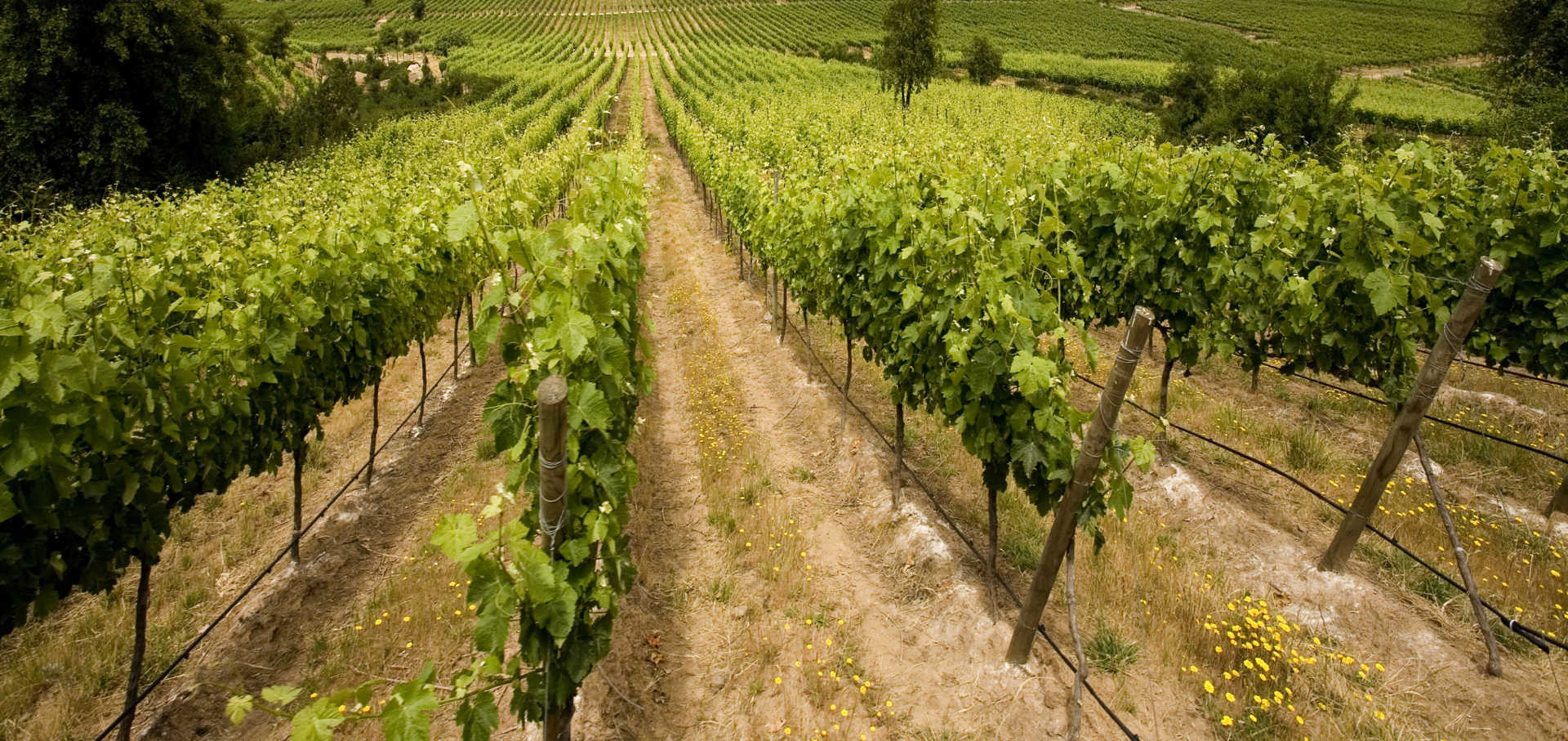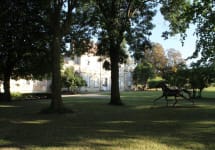Chateau Mangot 2020
-
Robert
Parker - Decanter
-
James
Suckling -
Jeb
Dunnuck



Product Details
Your Rating
Somm Note
Winemaker Notes
This cru, from the St Emilion Grand Cru appellation, is a faithful portrait of our 4 terroirs spread between the foot of the slopes, slopes, terraces and plateaux. The blend is also representative of the 21 plots that make up our vineyards. After tasting the grapes, we harvest them plot by plot according to grape variety, but also and above all according to terroir, altitude, exposure and age of the vines.
Blend: 80% Merlot, 15% Cabernet Franc and 5% Cabernet Sauvignon
Organically grown
Professional Ratings
-
Robert Parker's Wine Advocate
The 2020 Mangot has turned out beautifully, bursting with aromas of cherries, wild berries, rose petals, blood orange and bay leaf. Medium to full-bodied, supple and seamless, it's pure and vibrant, with a layered core of fruit, velvety tannins and a long, mouthwateringly chalky finish. This is a brilliant wine that sells for a song and which surpasses many of its more well-known neighbors.
-
Decanter
Bright plum colors full of flesh and bright fruits. Muscular on the attack, with poise and focus, and pulsating with blueberry fruits and saline-drenched minerality. Good stuff, enjoyable and impressively balanced with a grilled, smoked rosemary finish. 20% new oak, 30% amphora. Freres Todeschini are the owners here.
Barrel Sample: 94 -
James Suckling
A firm and linear red with plum, bark, wet earth and mushroom aromas and flavors. Hazelnuts. Medium-bodied with chewy tannins that are integrated and together. Real St.-Emilion.
-
Jeb Dunnuck
Emerging from a beautiful vineyard on the eastern side of the appellation and 75% Merlot, 20% Cabernet Franc, and the rest Cabernet Sauvignon, the 2020 Château Mangot offers a classy, medium to full-bodied, textured yet elegant style to go with complex notes of bouquet garni, scorched earth, violets, and leafy herbs. With beautiful fruit (cassis/black cherries), ripe, polished tannins, and outstanding length, I see no reason it would not offer pleasure in its youth yet also cruise for 15-20 years in cold cellars.
Barrel Sample: 90-92
Other Vintages
2022-
Robert
Parker -
James
Suckling - Decanter
-
Robert
Parker -
James
Suckling
-
Robert
Parker -
James
Suckling -
Jeb
Dunnuck
-
Robert
Parker -
James
Suckling -
Jeb
Dunnuck
-
James
Suckling -
Wine
Enthusiast - Decanter





In 1980, Anne Marie, the youngest of the PETIT daughters, gave up her pharmacy studies to come back to the family property.
In 1981, she married Jean Guy Todeschini: a master stone mason by trade, and he gradually came to support her more and more at Mangot.
Until 1989, Anne-Marie and Jean-Guy would share the running of the two family businesses and bringing up their young sons, Karl (born in 1982) and Yann (1984): two budding wine growers…
From 1989 to 1998, they completely transformed the vineyards at Mangot (re-structuring, re-planting, terracing and drainage works) to bring on the quality in leaps and bounds, year after year, and finally obtain the GRAND CRU label for the estate’s 34 hectares.
In 2001, it was the turn of all the buildings to be modernised, a return to his roots for Jean Guy, a stone mason and architect at heart…
From 1996 to 2008, they travelled in France and abroad to promote the new face of Mangot and look for partners.
On top of their boundless energy and capacity for hard work, thanks to their perspective gained outside the wine world, Jean-Guy and Anne Marie have revived and renewed Mangot, restructuring the vineyards and the cellar, with a single goal in mind: Quality.
